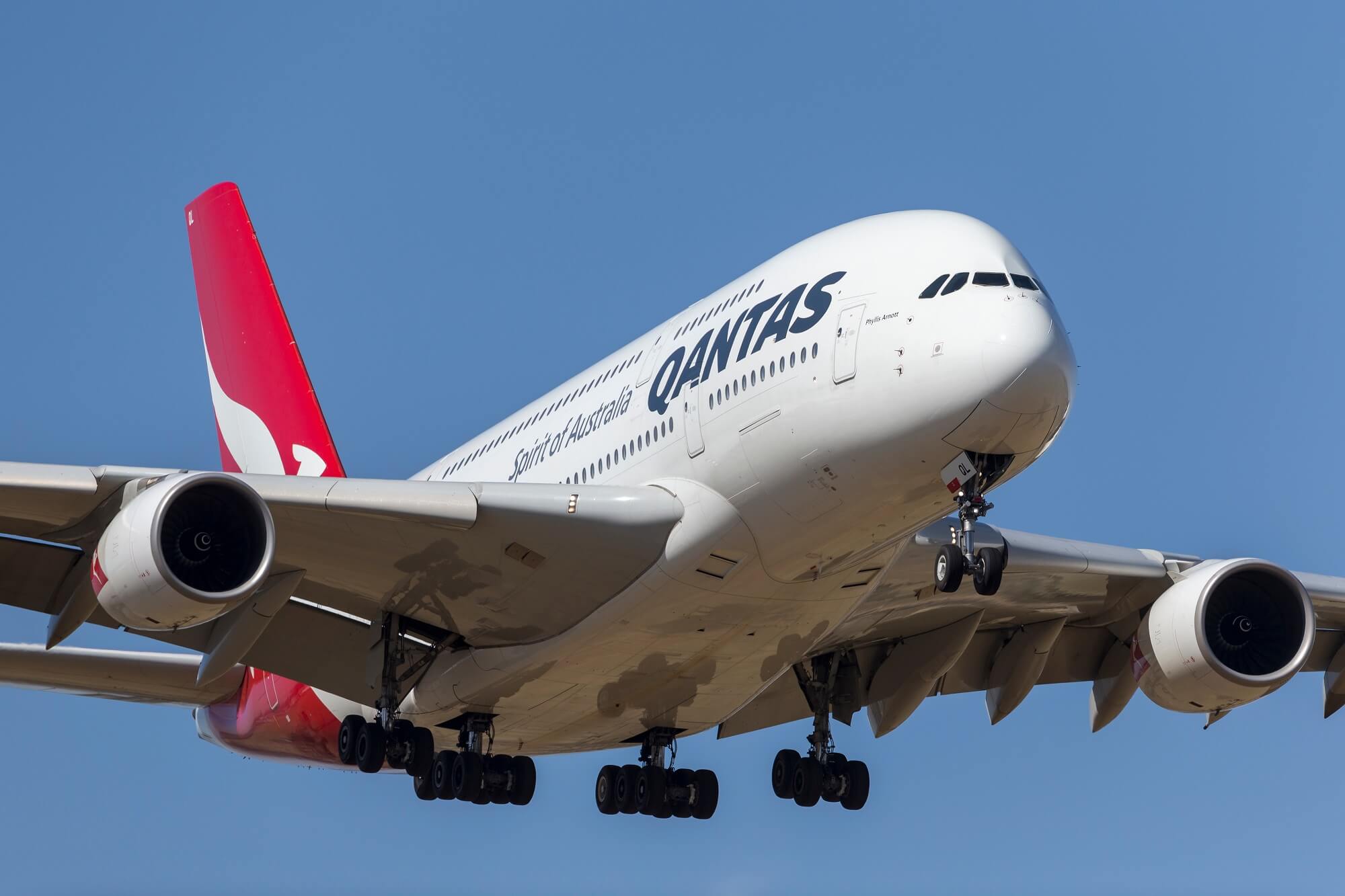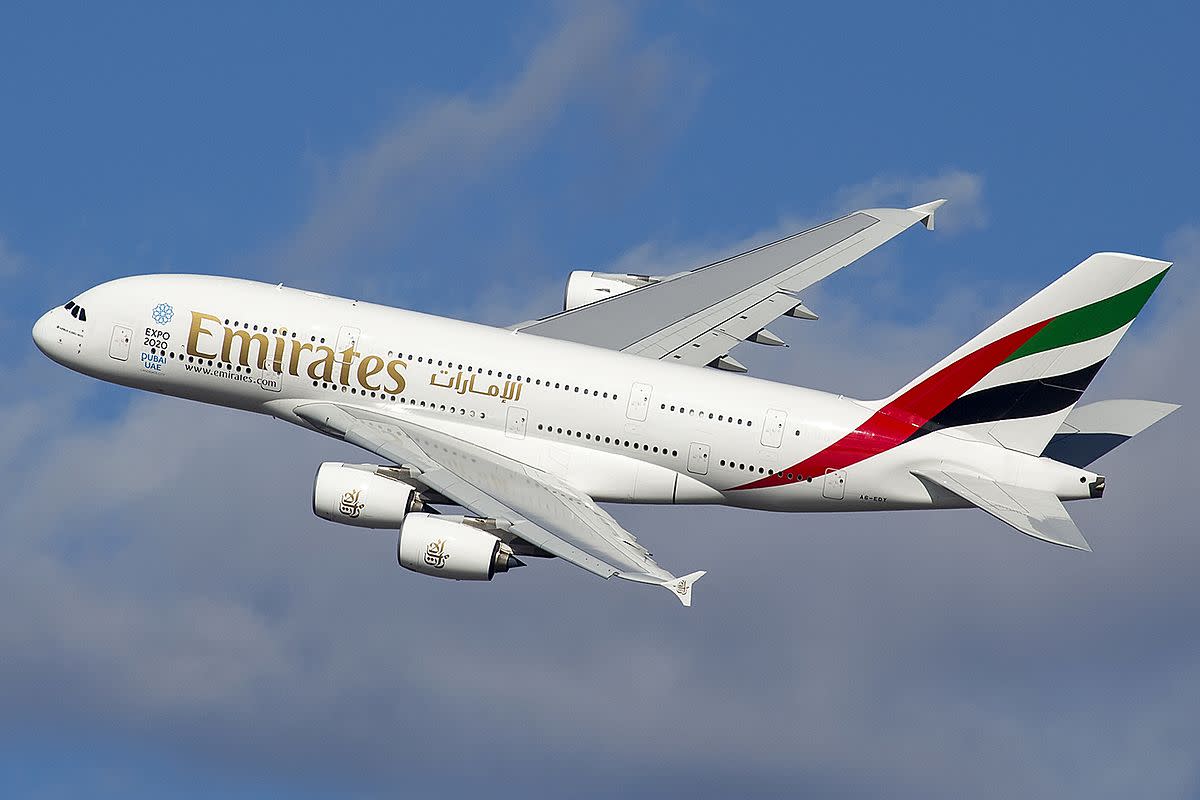Passenger Plane Industry in Brazil

Brazil boasts a rich history of commercial aviation, playing a significant role in connecting its vast territory and fostering economic growth. From the early days of pioneering airlines to the modern-day sophisticated air travel landscape, the passenger plane industry in Brazil has witnessed remarkable transformations.
History of Commercial Aviation in Brazil
Brazil’s commercial aviation journey began in the early 20th century, with the establishment of small airlines primarily focused on domestic routes. The pioneering days were marked by limited infrastructure and rudimentary aircraft. However, the country’s vast geographical expanse and growing demand for transportation fueled the rapid expansion of the aviation industry.
- In 1927, the first commercial airline in Brazil, Syndicato Condor, was founded, marking the beginning of a new era in air travel.
- The 1930s saw the emergence of larger airlines, such as VARIG (Viação Aérea Rio-Grandense) and Panair do Brasil, which played a crucial role in connecting major cities and fostering economic development.
- Following World War II, the industry experienced further growth, with the introduction of modern aircraft and the expansion of international routes.
Major Airlines Operating in Brazil
Brazil’s vibrant aviation market is served by a diverse range of airlines, both domestic and international. These airlines operate a wide network of routes, connecting major cities within Brazil and facilitating international travel.
- GOL Linhas Aéreas Inteligentes: GOL is the largest domestic airline in Brazil, known for its low-cost model and extensive domestic network.
- LATAM Airlines Brasil: LATAM is a major South American airline with a significant presence in Brazil, offering both domestic and international flights.
- Azul Brazilian Airlines: Azul is a relatively newer airline that has gained popularity for its focus on regional connectivity and a comfortable travel experience.
- Avianca Brasil: Avianca Brasil, a subsidiary of the Colombian airline Avianca, operated a significant domestic network before its bankruptcy in 2019.
Current State of the Passenger Plane Industry in Brazil
The Brazilian passenger plane industry is currently in a state of dynamic evolution, characterized by growth trends and challenges. The country’s robust economic growth, coupled with a rising middle class, has fueled demand for air travel. However, the industry faces several challenges, including high operating costs, intense competition, and infrastructure limitations.
- Growth Trends: The Brazilian aviation market has witnessed significant growth in recent years, driven by factors such as rising disposable incomes, increased tourism, and the expansion of domestic and international routes.
- Challenges: The industry faces challenges such as high fuel costs, regulatory hurdles, and infrastructure constraints. These factors can impact profitability and hinder further growth.
Key Passenger Plane Manufacturers Supplying to Brazil
Brazil’s airlines rely on a range of passenger plane manufacturers to meet their fleet requirements. These manufacturers provide aircraft that cater to diverse operational needs and passenger capacity requirements.
| Manufacturer | Aircraft Models | Key Features |
|---|---|---|
| Boeing | 737, 767, 777 | Widely used for domestic and international routes, known for their fuel efficiency and reliability. |
| Airbus | A320, A330, A350 | Popular choices for both short-haul and long-haul flights, offering advanced technology and passenger comfort. |
| Embraer | E175, E190, E195 | Brazilian aircraft manufacturer, known for its regional jets, particularly popular for domestic routes. |
Passenger Plane Routes and Destinations: Passenger Plane Brazil

Brazil’s robust aviation sector boasts a diverse network of domestic and international routes, connecting major cities and fostering economic growth. The country’s vast geographic expanse and diverse population necessitate an extensive network of air travel options.
Domestic Routes
Domestic routes in Brazil are dominated by a few major airlines, such as GOL Linhas Aéreas Inteligentes, LATAM Airlines Brasil, and Azul Brazilian Airlines. These carriers offer frequent flights between major cities, connecting bustling metropolises like São Paulo, Rio de Janeiro, and Brasília with smaller regional centers. The most popular domestic routes are:
- São Paulo (GRU) to Rio de Janeiro (GIG): This route is the busiest in Brazil, with over 100 daily flights offered by various airlines. The average flight time is approximately 1 hour. This route caters to both business and leisure travelers, connecting two of Brazil’s most important economic and cultural hubs.
- São Paulo (GRU) to Brasília (BSB): This route serves as a vital link between the country’s financial capital and its political center. With frequent flights, the average travel time is around 1 hour and 15 minutes.
- Rio de Janeiro (GIG) to Salvador (SSA): Connecting Brazil’s iconic coastal cities, this route offers a gateway to the vibrant culture and beautiful beaches of Bahia. The average flight time is approximately 2 hours.
International Routes
Brazil’s international routes are primarily focused on connecting major cities to destinations in North America, Europe, and South America. The most popular international routes include:
- São Paulo (GRU) to Miami (MIA): This route is a key connection for business travelers and tourists, offering a gateway to the United States. The average flight time is approximately 10 hours.
- Rio de Janeiro (GIG) to Lisbon (LIS): This route connects Brazil to Europe, offering a direct flight to Portugal, a country with strong historical ties to Brazil. The average flight time is approximately 10 hours.
- São Paulo (GRU) to London (LHR): This route is a major connection between Brazil and Europe, offering a direct flight to the United Kingdom. The average flight time is approximately 11 hours.
Factors Influencing New Routes and Destinations
Several factors influence the development of new routes and destinations in Brazil, including:
- Economic Growth: As Brazil’s economy grows, demand for air travel increases, driving the development of new routes to support business and leisure travel.
- Tourism: Brazil’s stunning natural beauty and vibrant culture attract millions of tourists annually. New routes are often established to cater to growing tourist demand, particularly to popular destinations like the Amazon rainforest, the Pantanal wetlands, and the beaches of Rio de Janeiro.
- Infrastructure Development: Investments in airport infrastructure, including the expansion and modernization of existing airports and the construction of new ones, facilitate the development of new routes and destinations.
- Competition: Competition among airlines drives the development of new routes and destinations as carriers seek to expand their market share and offer more competitive options to travelers.
Major Airports and International Connectivity
Brazil has several major international airports that serve as hubs for domestic and international flights. These airports offer connections to a wide range of destinations around the world.
- São Paulo-Guarulhos International Airport (GRU): Located in São Paulo, this is Brazil’s largest and busiest airport, offering connections to over 100 destinations worldwide.
- Rio de Janeiro-Galeão International Airport (GIG): Located in Rio de Janeiro, this airport offers connections to over 70 destinations worldwide, including major hubs in North America, Europe, and South America.
- Brasília International Airport (BSB): Located in Brasília, this airport offers connections to major cities in Brazil and South America, as well as limited international flights to North America and Europe.
- Salvador-Deputado Luís Eduardo Magalhães International Airport (SSA): Located in Salvador, Bahia, this airport offers connections to major cities in Brazil and limited international flights to North America and Europe.
Passenger Plane Safety and Regulations

Passenger safety is paramount in the Brazilian aviation industry. Rigorous regulations and safety standards are in place to ensure the highest levels of security for passengers and crew. These measures are crucial for maintaining public trust and promoting sustainable growth in the sector.
Safety Standards and Regulations
The National Civil Aviation Agency of Brazil (ANAC) is responsible for setting and enforcing safety standards for all aspects of civil aviation, including passenger planes. These regulations cover a wide range of areas, including aircraft design and maintenance, pilot training and licensing, airport infrastructure, and air traffic control.
ANAC follows international best practices and adheres to the standards set by the International Civil Aviation Organization (ICAO). This ensures that Brazilian aviation standards are aligned with global norms and that passengers benefit from a high level of safety.
Safety Record of Brazilian Airlines
Brazilian airlines have a generally good safety record, comparable to global benchmarks. The country has made significant progress in improving aviation safety in recent decades. However, there have been some notable incidents, which have led to a renewed focus on safety protocols and risk mitigation.
Role of Aviation Authorities, Passenger plane brazil
ANAC plays a crucial role in ensuring passenger plane safety in Brazil. It conducts regular inspections of aircraft, airports, and airlines to ensure compliance with regulations. It also investigates aviation accidents and incidents to identify potential safety hazards and implement corrective measures.
Potential Risks and Challenges to Passenger Plane Safety
Despite the robust safety regulations and oversight, there are potential risks and challenges to passenger plane safety in Brazil. These include:
- Aging Fleet: Some Brazilian airlines operate aging aircraft, which may require more frequent maintenance and inspections to ensure safety.
- Economic Pressures: The competitive nature of the aviation industry can put pressure on airlines to cut costs, which may compromise safety standards.
- Weather Conditions: Brazil’s diverse geography and climate present unique challenges for aviation safety. Extreme weather conditions, such as thunderstorms and heavy rain, can impact flight operations.
- Air Traffic Management: The increasing volume of air traffic in Brazil can put pressure on air traffic control systems and increase the risk of accidents.
Passenger plane brazil – Imagine boarding a passenger plane in Brazil, ready for a scenic flight over the Amazon. As you settle into your seat, you might find yourself reflecting on the political landscape back home. Presidential debates, like those held in the United States presidential debates , often shape public discourse and influence voters’ decisions.
Back in Brazil, the bustling cities and lush rainforests provide a stark contrast to the heated political discussions happening within the country’s borders.
Passenger planes in Brazil are a common sight, connecting bustling cities and offering breathtaking views of the Amazon rainforest. It’s a far cry from the political landscapes navigated by Robert F. Kennedy Jr., robert f kennedy jr , a figure who has challenged conventional thinking on a range of issues, including public health.
But both planes and politics share one thing: the potential for unexpected turbulence.
